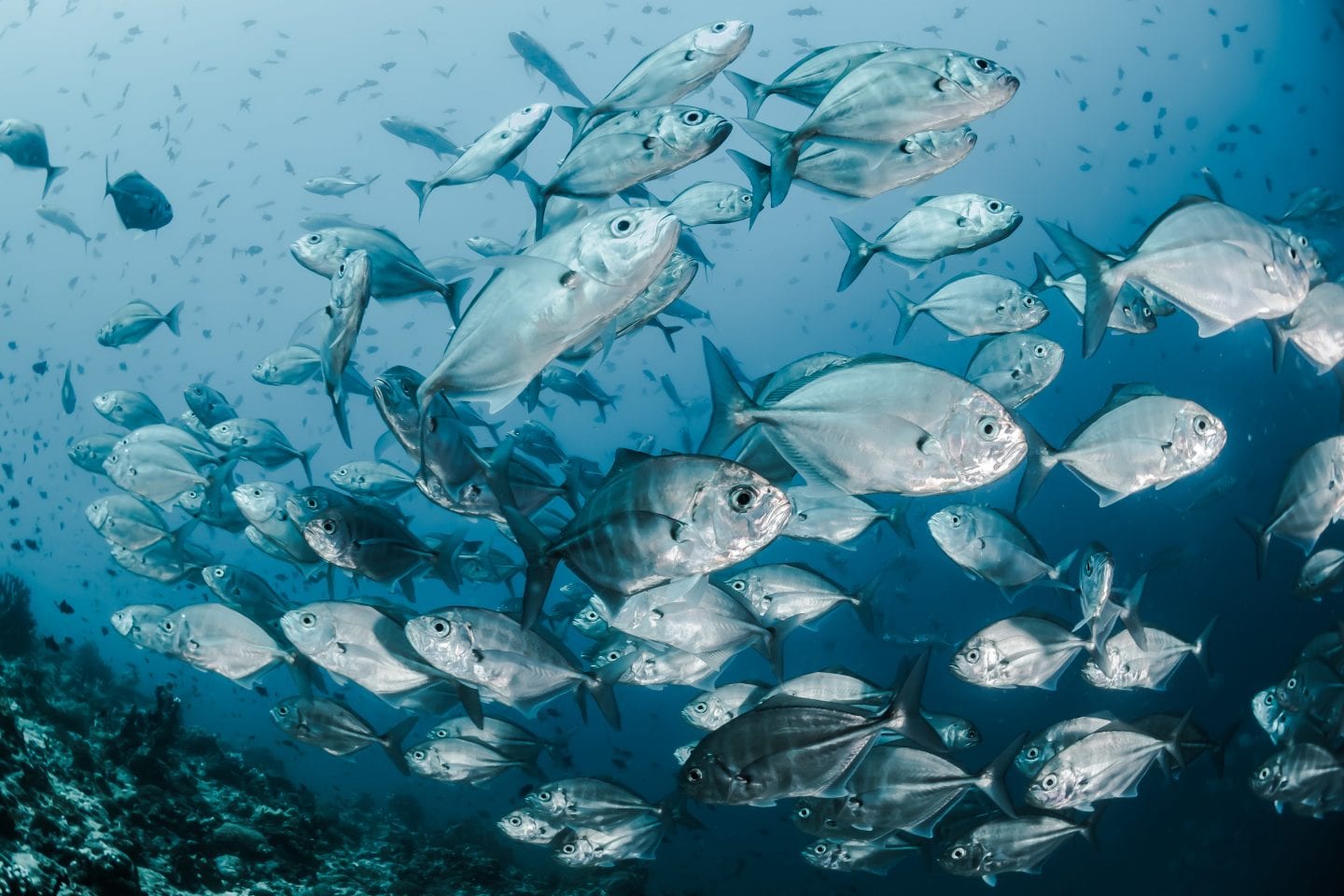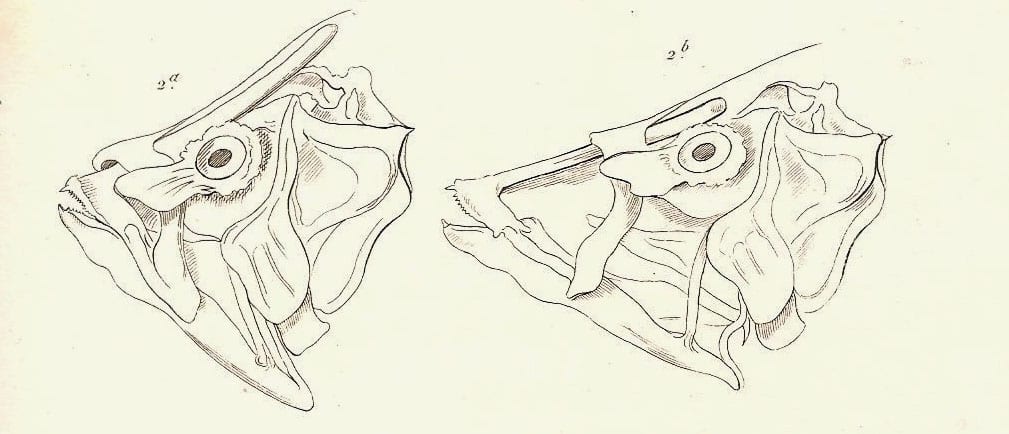Modify Position
Many resources that living systems require for survival and reproduction constantly change in quantity, quality, and location. The same is true of the threats that face living systems. As a result, living systems have strategies to maintain access to shifting resources and to avoid changing threats by adjusting their location or orientation. Some living systems modify their position by moving from one location to another. For those that can’t change location, such as trees, they modify position by shifting in place. An example of an organism that does both is the chameleon. This creature can move from place to place to find food or escape predators. But it also can stay in one place and rotate its eyes to provide a 360-degree view so that it can hunt without frightening its prey.
Modify Size/Shape/Mass/Volume
Many living systems alter their physical properties, such as size, shape, mass, or volume. These modifications occur in response to the living system’s needs and/or changing environmental conditions. For example, they may do this to move more efficiently, escape predators, recover from damage, or for many other reasons. These modifications require appropriate response rates and levels. Modifying any of these properties requires materials to enable such changes, cues to make the changes, and mechanisms to control them. An example is the porcupine fish, which protects itself from predators by taking sips of water or air to inflate its body and to erect spines embedded in its skin.
Capture, Absorb, or Filter Organisms
Many living systems must secure organisms for food. But just as one living system must capture its prey to survive, its prey must escape to survive. This results in capture and avoidance strategies that include trickery, speed, poisons, constructed traps, and more. For example, a carnivorous plant called the pitcher plant has leaves formed into a tube that collect water. Long, slippery hairs within the tube face downward. When insects enter the tube seeking nectar, they lose their footing and slide inside, unable to climb out and escape being eaten and digested by the plant.
Move in/on Liquids
Water is not only the most abundant liquid on earth, but it’s vital to life–so it’s no surprise that the majority of life has evolved to thrive on and under its surface. Moving efficiently in and on this dense and dynamic substance presents unique challenges and opportunities for living systems. As a result, they have evolved countless solutions to optimize drag, utilize surface tension, fine tune buoyancy, and take advantage of various types of currents and fluid dynamics. For example, sharks can slide through water by reducing drag due to their streamlined shape and specially shaped features on their skin.







